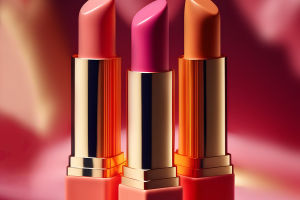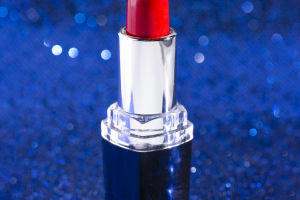Choosing between lip gloss and lipstick can be a delightful dilemma in the world of beauty.
These two products play different roles in makeup, each with its unique features and uses.
When considering purchasing lip color, the choice is based on personal preference, occasion, and desired effect. Let's delve into the differences between lip gloss and lipstick, as well as factors to consider when making a purchase.
Texture and Effect
1. Lip Gloss:
- Texture: Lip gloss is typically a transparent or semi-transparent liquid, containing more oil and gloss components.
- Effect: Its main purpose is to add shine to the lips, making them look full, moist, and shiny. Lip gloss usually does not provide strong color coverage but rather creates a natural, lightweight makeup look.
- Usage Occasions: Lip gloss is suitable for everyday makeup or occasions where a fresh, natural look is desired. It's also the "finishing touch" to makeup, making lips appear more vibrant and alluring.
2. Lipstick:
- Texture: Lipstick is a solid, creamy cosmetic usually containing rich pigments and oils, offering a variety of color and texture choices.
- Effect: Lipstick aims to provide full-color coverage and distinct color to the lips. It can be matte, velvet, or glossy, depending on the type of lipstick.
- Usage Occasions: Lipstick is more suitable for occasions where lip color needs to be emphasized, such as dinners, parties, or when wanting to highlight the lips in makeup. Lipstick also typically lasts longer than lip gloss, as its thicker texture can stay on the lips for an extended period.
Moisturizing and Longevity
1. Lip Gloss:
- Moisturizing: Lip gloss often contains more oil, offering some moisturizing effects to make lips look smooth and soft.
- Longevity: Compared to lipstick, lip gloss generally has lower longevity. Its thin texture can be easily wiped off, requiring frequent touch-ups.
2. Lipstick:
- Moisturizing: The moisturizing effect of lipstick varies depending on the brand and formula. Some lipsticks contain moisturizing ingredients, keeping lips soft after application, but others may feel dry.
- Longevity: Lipstick typically lasts longer than lip gloss, especially matte or long-wear lipsticks. They can stay on the lips for a longer time without smudging, and just needing fewer touch-ups.
How to Choose?
1. Based on Occasion and Effect: Lip gloss might be more suitable for daily makeup or a natural, fresh lip look, while lipstick is ideal for special occasions or when you want to emphasize lip color and contour.
2. Consider Lip Condition: If your lips tend to be dry, lip gloss might be better since it often contains more moisturizing ingredients. If you have uneven lip color or want a fuller color effect, lipstick might be the better choice.
3. Longevity Needs: If you need your lip makeup to last a long time, lipstick might be more appropriate, especially long-wear formulas. If you prefer a fresh makeup look that can be reapplied easily, lip gloss is a good option.
Conclusion
Lip gloss and lipstick each have their unique charms and suitable occasions.
Consider your makeup needs, lip condition, and personal preferences when choosing between lip gloss and lipstick.
Sometimes, combining both can achieve a more diverse lip effect - applying lipstick as a base and then adding lip gloss for extra shine. Most importantly, whether it's lip gloss or lipstick, choosing the right color and texture for yourself is crucial.


